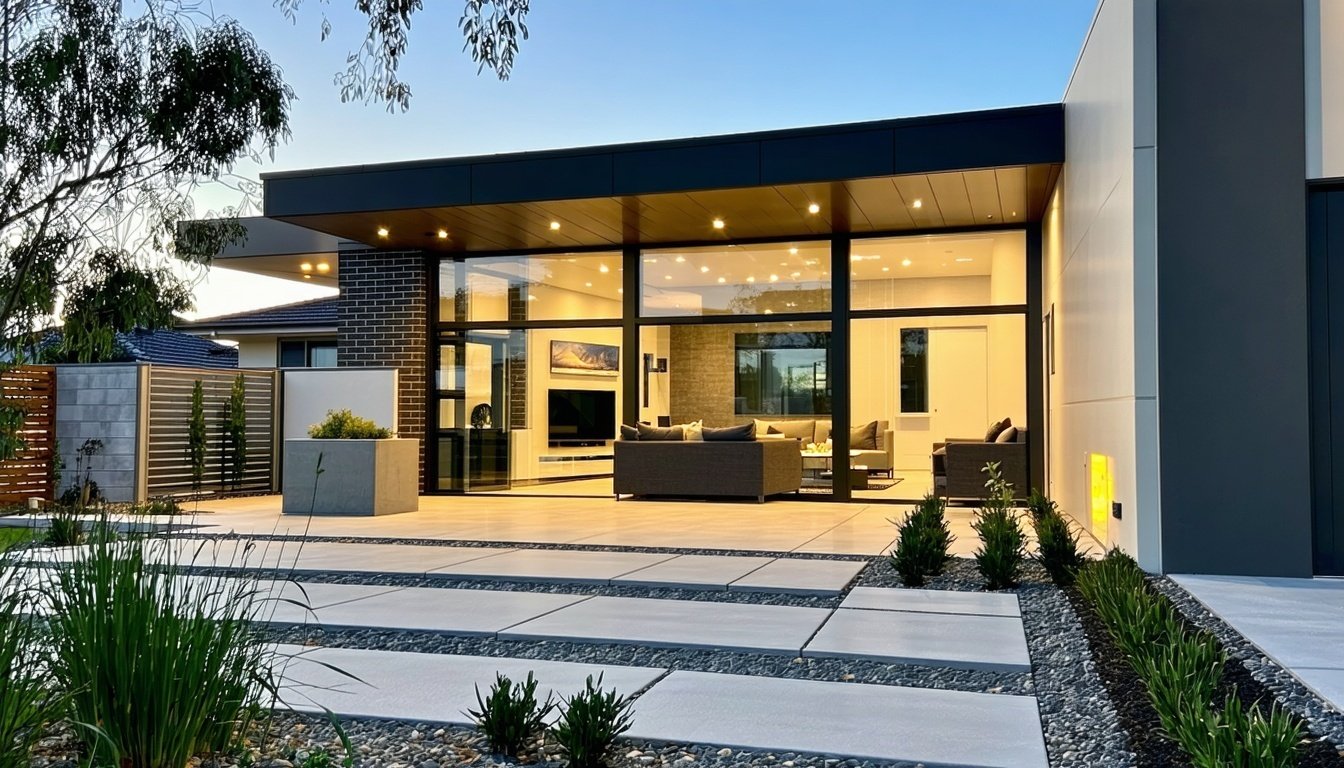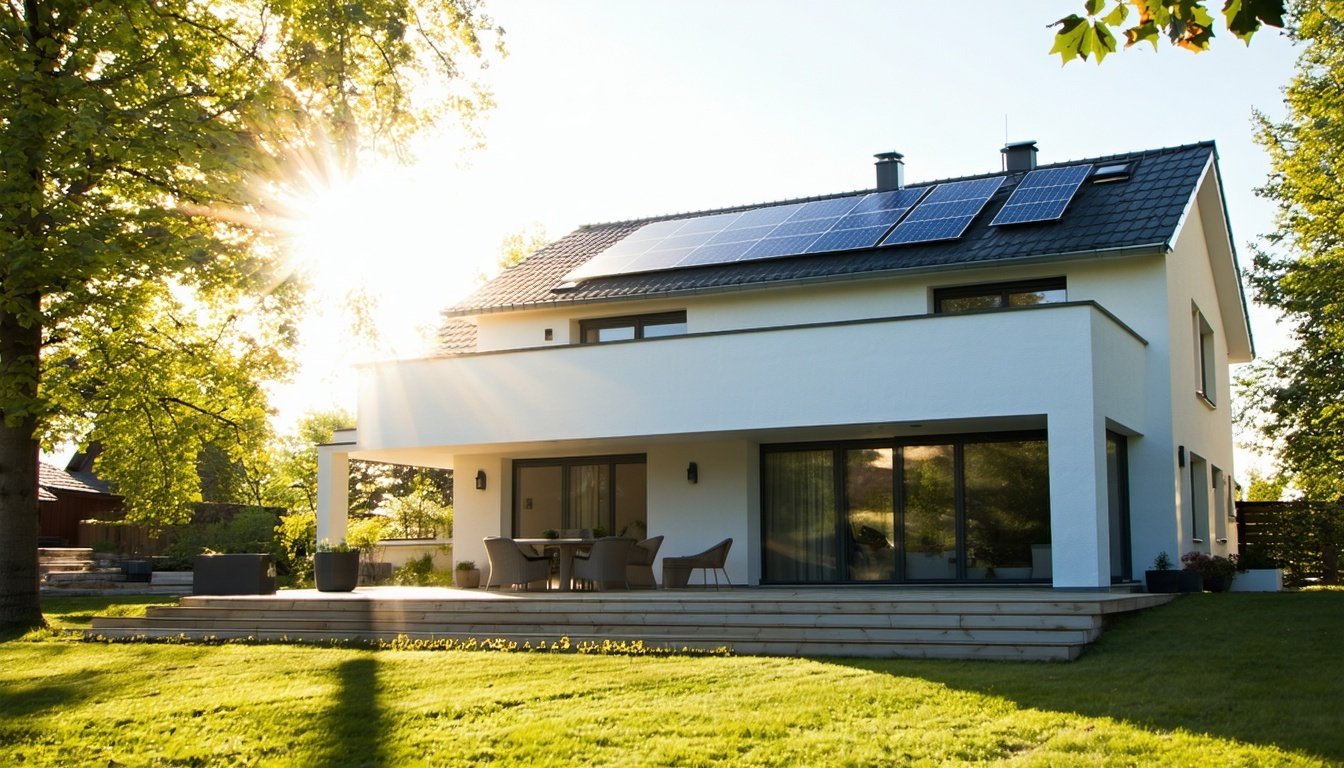Navigating the myriad of sustainable building standards in Australia can be a daunting task. This blog dives deep into the Passive House standard and compares it with NatHERS, BASIX and Green Star, highlighting their overlaps, differences and unique benefits.
How Passive House compares to NatHERS and BASIX requirements
The Passive House standard is renowned for its rigorous energy efficiency benchmarks, ensuring minimal energy consumption through superior insulation, airtight construction and high-performance windows. In contrast, the Nationwide House Energy Rating Scheme (NatHERS) provides a star rating based on the thermal performance of residential buildings, focusing primarily on heating and cooling loads without stringent requirements on airtightness or ventilation.
BASIX (Building Sustainability Index) is a regulatory requirement in New South Wales that mandates energy and water reduction targets for new residential buildings. While BASIX integrates broader sustainability elements such as water usage and thermal comfort, it does not enforce the same level of energy efficiency or indoor air quality as Passive House. Passive House’s precise approach leads to superior energy performance and comfort, surpassing NatHERS and BASIX in stringent energy efficiency criteria.
The unique benefits of Passive House in Australian climates
Australia's diverse climates, ranging from temperate to tropical, present unique challenges for building performance. The Passive House standard excels in these varied conditions by maintaining consistent indoor temperatures, thereby reducing reliance on mechanical heating and cooling systems. This is achieved through meticulous design, including high levels of insulation, airtight construction, and energy recovery ventilation systems.
In hot and humid climates, Passive House buildings prevent heat ingress while maintaining optimal humidity levels, enhancing occupant comfort. In cooler climates, the standard’s insulation and airtightness prevent heat loss, ensuring a warm and comfortable indoor environment. This adaptability makes Passive House an ideal solution for Australia's climatic diversity, providing year-round comfort and significant energy savings.
Passive House vs Green Star and other sustainability programs
Green Star, administered by the Green Building Council of Australia, is a holistic sustainability rating system that assesses the environmental impact of buildings across various categories, including energy, water, material, and indoor environment quality. While Green Star is comprehensive, it does not prescribe specific energy performance criteria as rigorously as Passive House.
Other sustainability programs, like LEED and WELL, offer broad environmental and health-focused criteria but often lack the stringent energy performance requirements that define Passive House. Passive House’s focus on energy efficiency and occupant comfort through precise design and construction techniques sets it apart, ensuring predictable and superior performance.
Why Passive House delivers consistent energy performance
Passive House buildings achieve consistent energy performance through a combination of high insulation levels, airtight construction, advanced windows and mechanical ventilation with heat recovery. These elements work together to minimise heat loss in winter and heat gain in summer, maintaining stable indoor temperatures with minimal energy input.
The rigorous certification process ensures that these principles are applied correctly, leading to reliable and predictable energy savings. This consistency is unmatched by other standards, which may allow for greater variability in performance due to less stringent requirements.
Why Choose Passive House for Australian Projects
Choosing Passive House for your Australian project means committing to superior energy efficiency, enhanced comfort and long-term sustainability. The standard's rigorous requirements ensure reduced energy bills, lower carbon emissions and an improved indoor environment for occupants.
Certified Energy stands ready to guide you through the Passive House certification process, ensuring your project meets these high standards. Our expertise in environmental sustainability design will help you navigate the complexities of compliance and achieve the best outcomes for your building.







